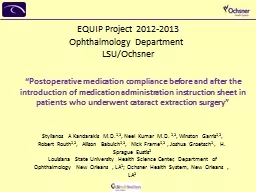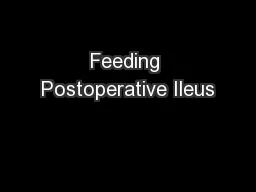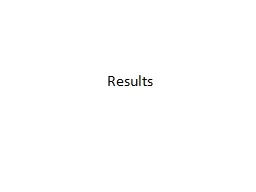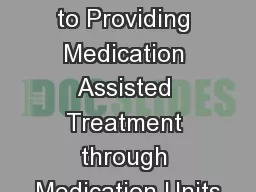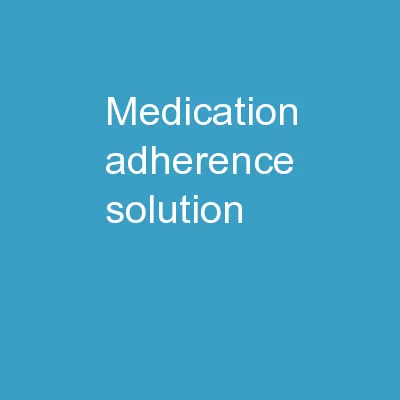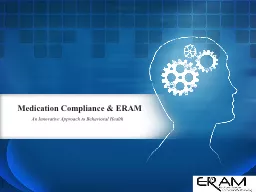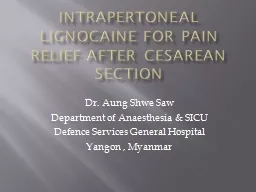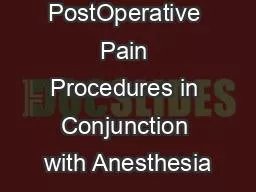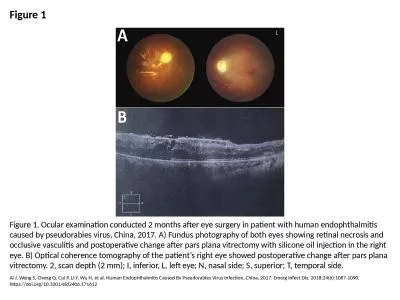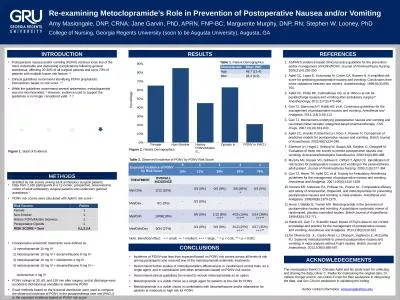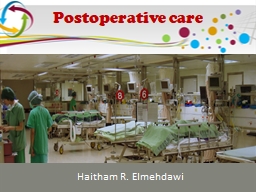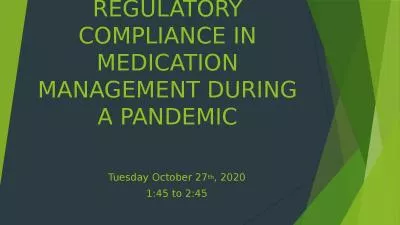PPT-“Postoperative medication compliance before and after the
Author : marina-yarberry | Published Date : 2017-06-30
Stylianos A Kandarakis MD 12 Neel Kumar MD 12 Winston Garris 12 Robert Routh 12 Allison Babuich 12 Nick Frame 12 Joshua Groetsch 1 H Sprague Eustis 2 Louisiana
Presentation Embed Code
Download Presentation
Download Presentation The PPT/PDF document "“Postoperative medication compliance b..." is the property of its rightful owner. Permission is granted to download and print the materials on this website for personal, non-commercial use only, and to display it on your personal computer provided you do not modify the materials and that you retain all copyright notices contained in the materials. By downloading content from our website, you accept the terms of this agreement.
“Postoperative medication compliance before and after the: Transcript
Download Rules Of Document
"“Postoperative medication compliance before and after the"The content belongs to its owner. You may download and print it for personal use, without modification, and keep all copyright notices. By downloading, you agree to these terms.
Related Documents

